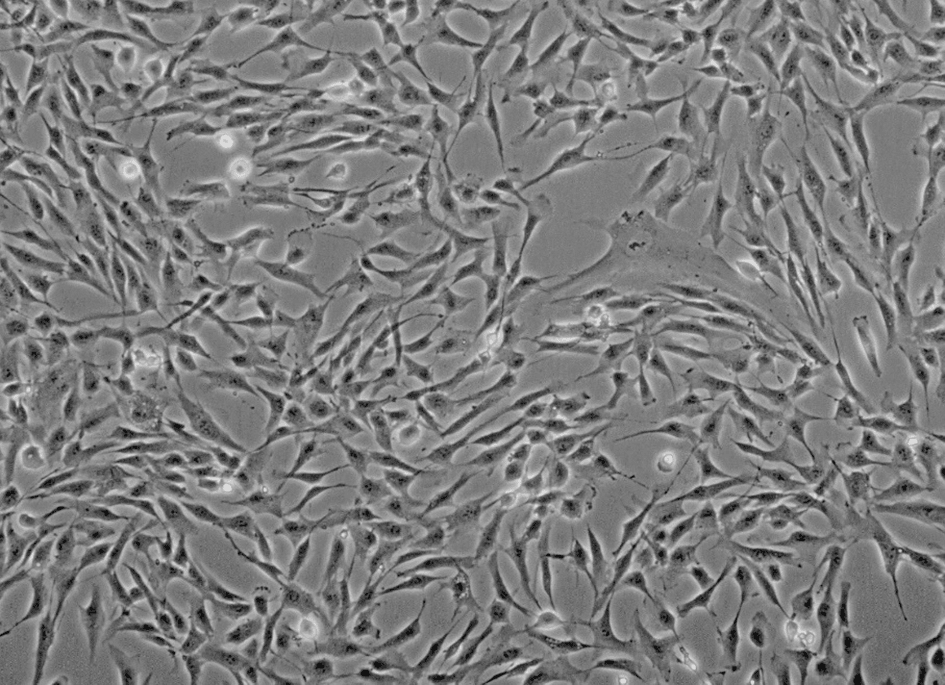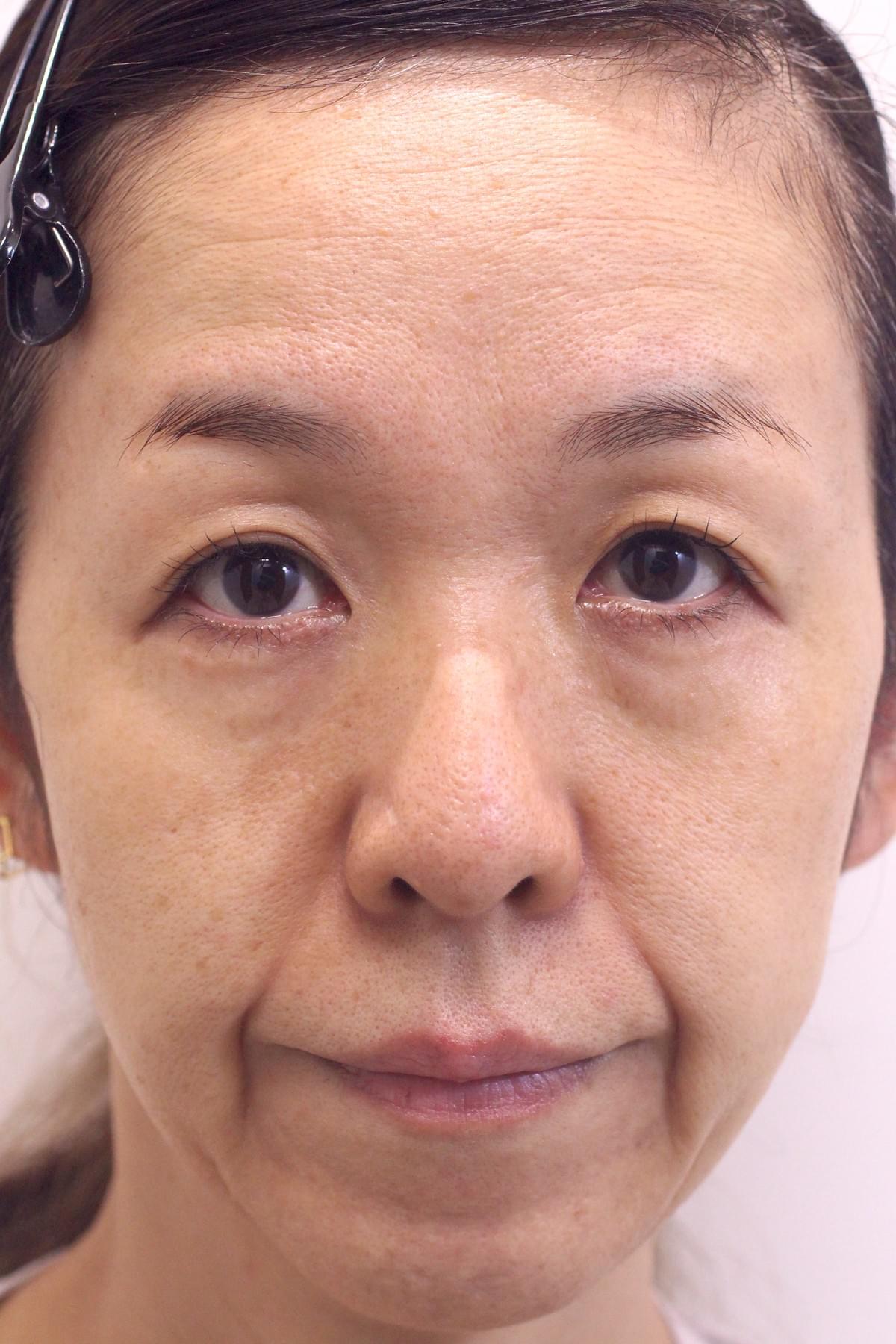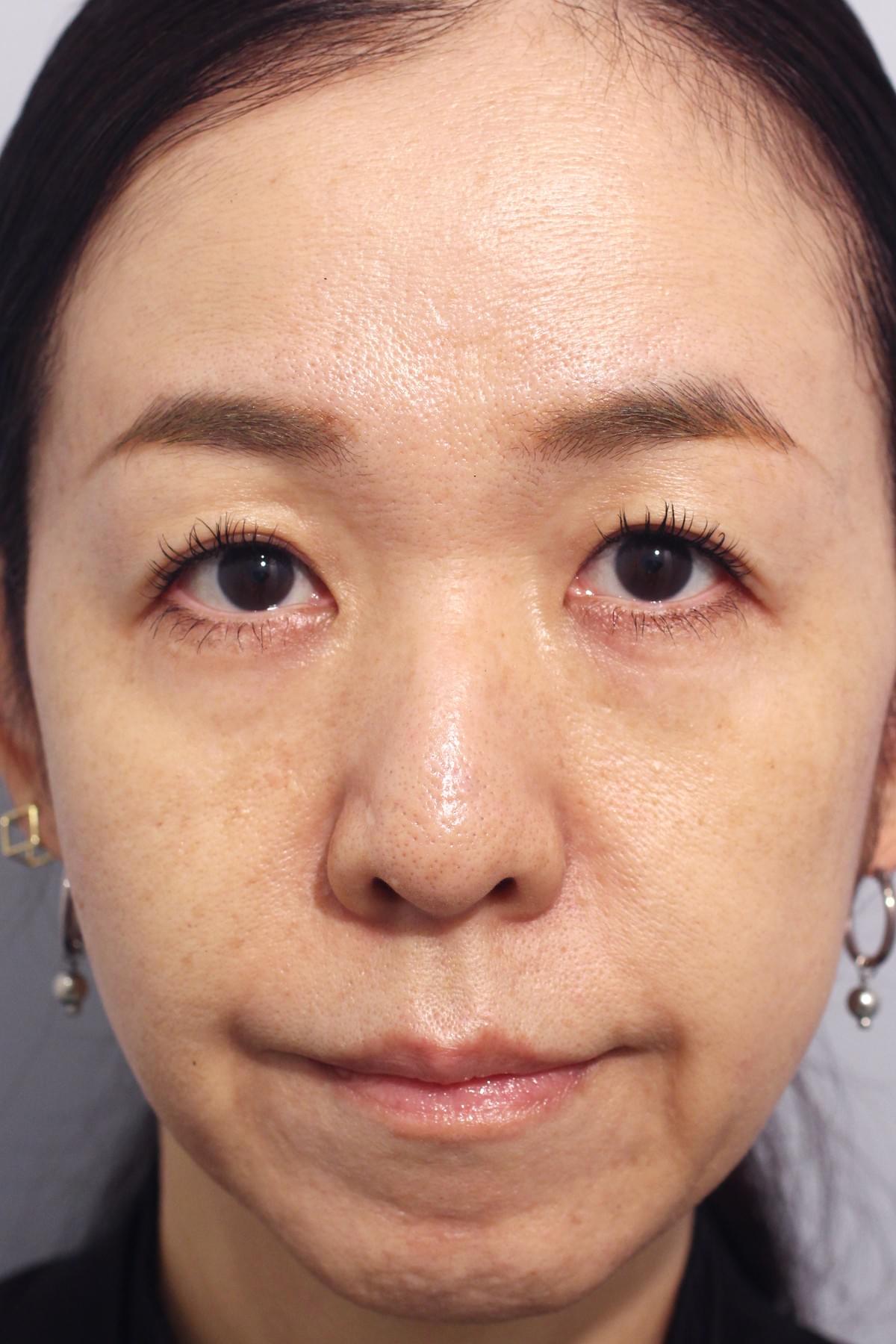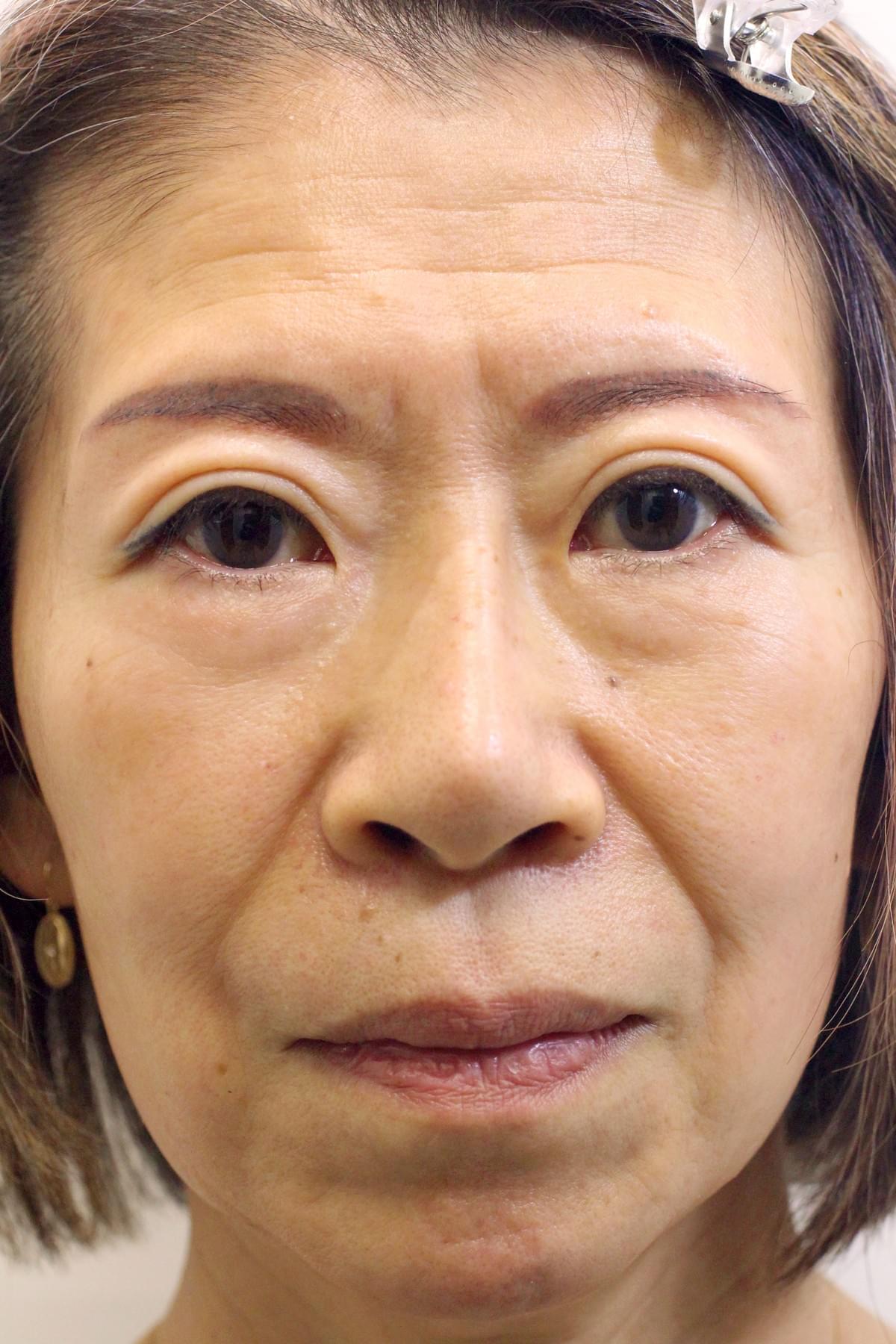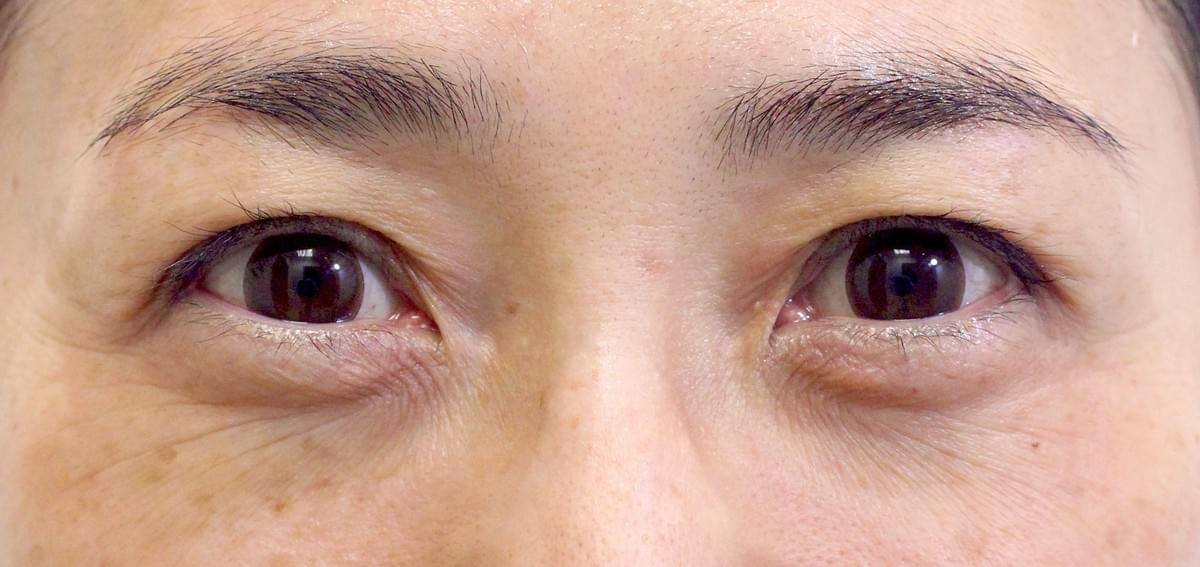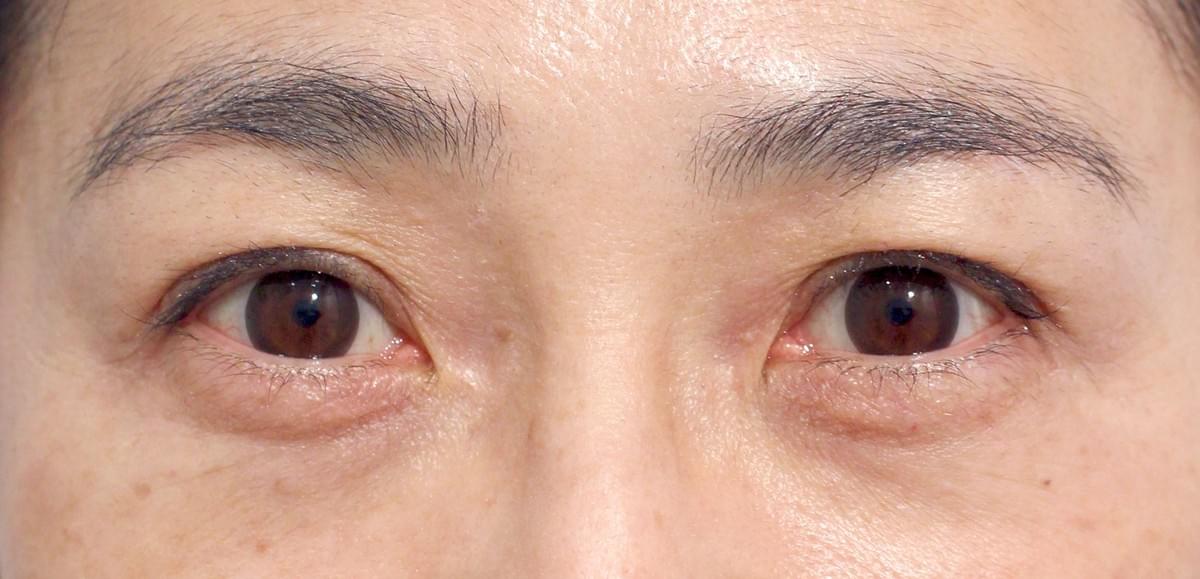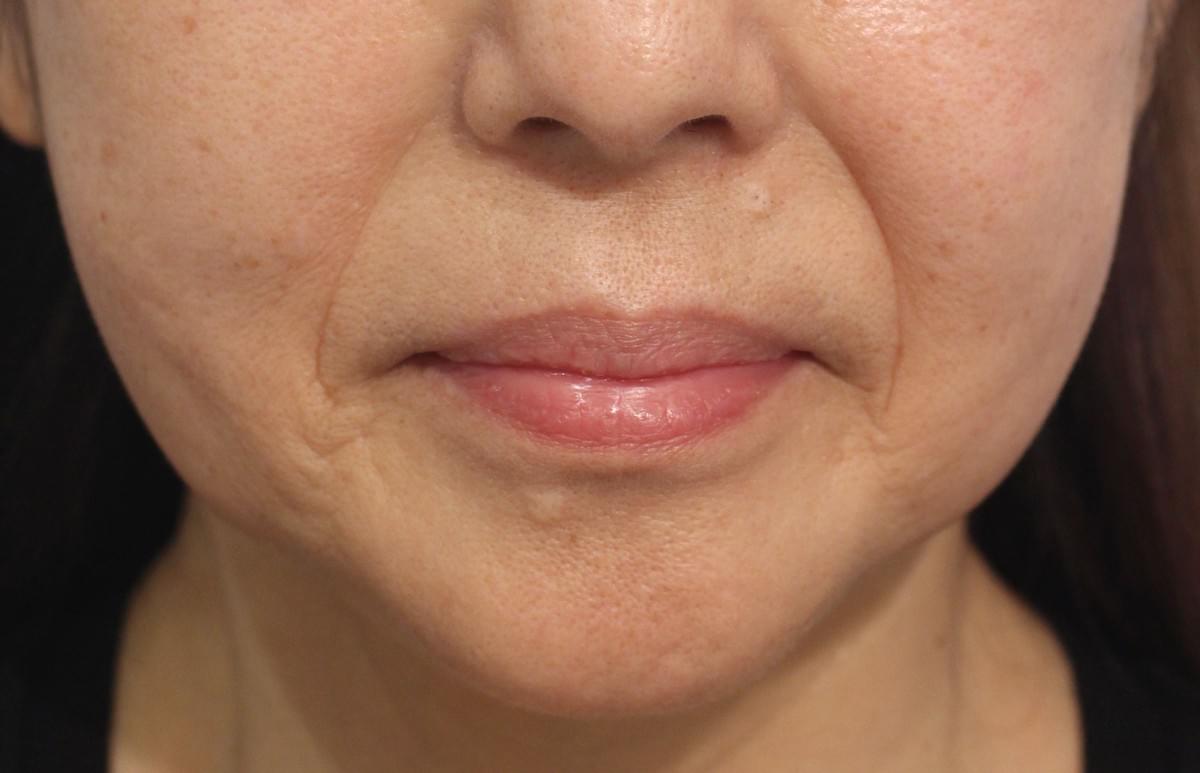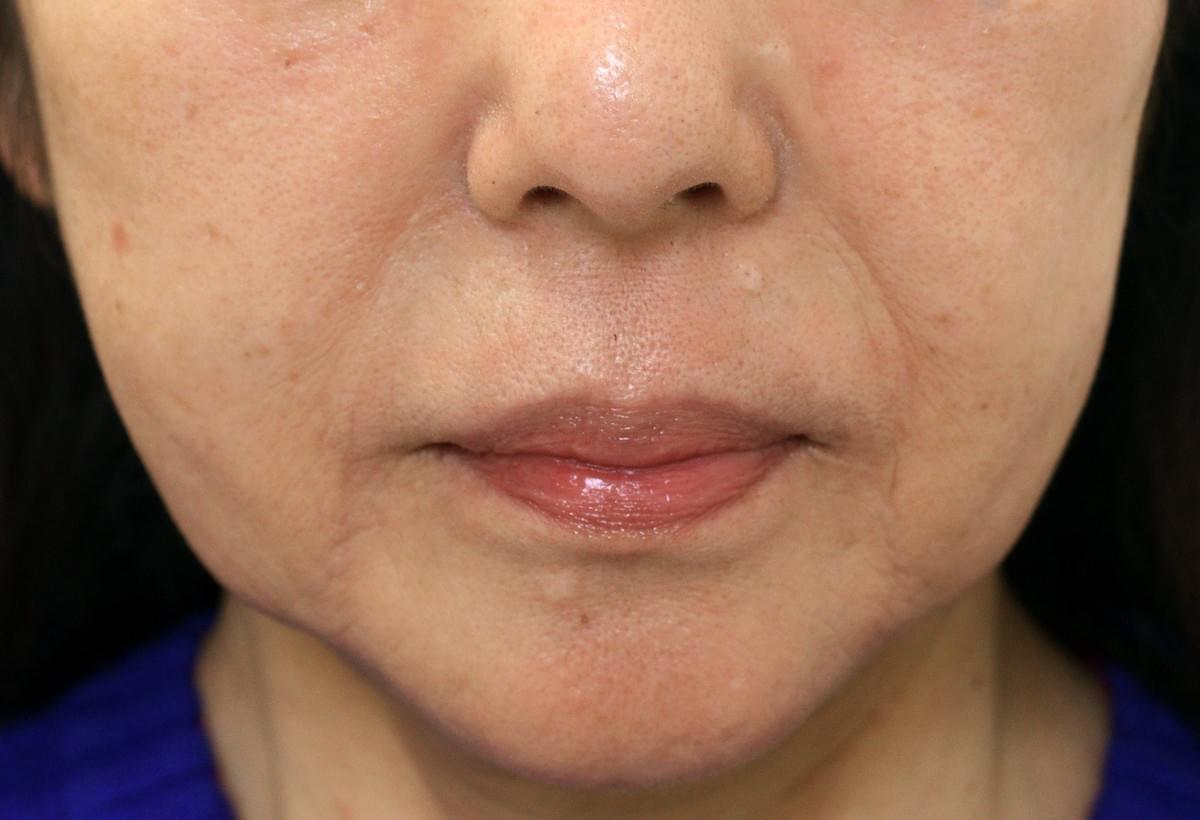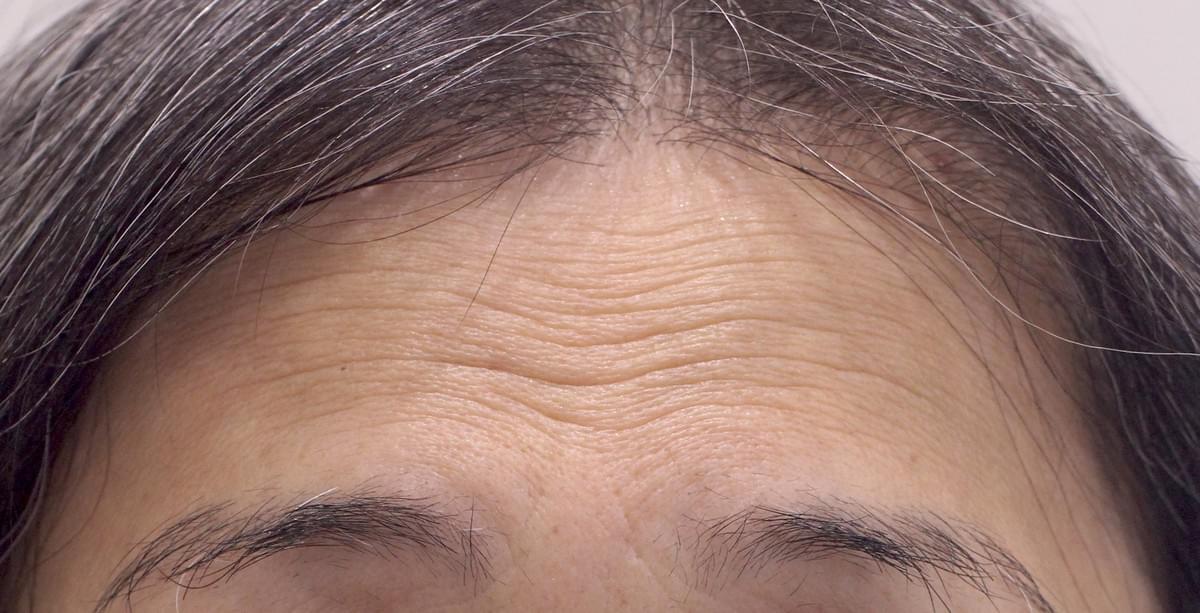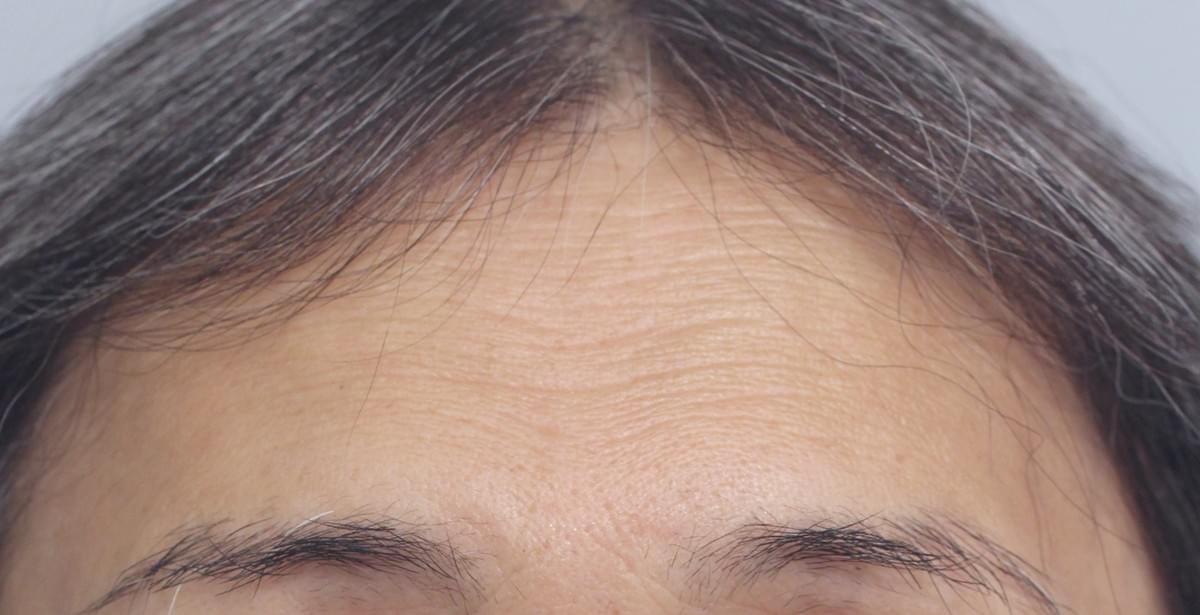

MK International Medical - Japanese high-class cell therapy services
- …

MK International Medical - Japanese high-class cell therapy services
- …

What are dermal fibroblasts?
Regenerative medicine that restores the skin to its original state

Dermal fibroblasts (fibrocytes) are cells located in the "dermis" of the skin. They are capable of producing the three main elements that make up the skin—collagen, hyaluronic acid, and elastin—as well as various other proteins. These components help keep the skin firm and hydrated.
The number of dermal fibroblasts begins to decrease after the age of 20, and by the age of 50, it is reduced to about one-third of the amount at age 20.
The reduction of dermal fibroblasts is the reason for skin aging symptoms such as wrinkles and sagging.
What are the functions of the three main elements of the skin?
1. Collagen
Collagen fibers make up 70–80% of the dermis and are an important component of the dermal layer. They help ensure the skin’s firmness and elasticity. Collagen acts like a “pillar” in a shock-absorbing structure, supporting the epidermis and subcutaneous tissue.
2. Hyaluronic Acid
Hyaluronic acid is a high-molecular-weight polysaccharide that can hold 500 times its weight in water per gram. It helps to hydrate the epidermis.
3. Elastin
Elastin surrounds the collagen fibers that act as pillars, giving the skin its resilience and elasticity. When you press on the skin with your finger and it springs back, it’s thanks to the spring-like function of elastin (and collagen) fibers.
What happens if the number of dermal fibroblasts decreases?
A decrease in dermal fibroblasts means a reduced ability to maintain the skin’s firmness, moisture, and elasticity. In other words, the skin loses its firmness, hydration, and elasticity, making it prone to wrinkles and sagging.
Many treatments use light or heat to stimulate dermal fibroblasts and promote wound healing. However, aside from fibroblast therapy, there is no other direct way to increase the number of dermal fibroblasts.
The Process of Dermal Fibroblast Therapy
1Consultation and Blood Test
Through a medical consultation, concerns and symptoms are discussed, and the skin condition is examined. If the decision to proceed with treatment is made, a blood test will be conducted on the same day. If pre-treatment blood test results can be provided beforehand, skin tissue can be collected immediately on the day of the consultation.
※Treatment is basically performed at the RD Clinic Ginza branch. If the infectious disease test result is positive and treatment cannot be carried out at the RD Clinic, please consult us individually.
2Skin Tissue Collection and Blood Withdrawal
A small piece of skin tissue is collected from behind the ear to be used for cell culture. Anesthesia is administered during the procedure, so there is almost no pain.
The collected skin is about the size of a grain of rice.
At the same time, blood is collected, which is needed for cell culture. The skin sample is sent to a cell culture facility, where trained cell culture technicians extract dermal fibroblasts and culture them, a process that takes about five weeks.
The cultured cells can be cryopreserved for future treatments.
3Cell Transplantation
The cultured dermal fibroblasts are transplanted into areas of the skin with wrinkles or sagging using a syringe.
After the transplanted cells have stabilized, they begin to repair the aging skin tissue.
The treatment effects can be observed in as soon as one month, though in general, it takes about three to six months.
It is recommended to perform a second treatment approximately 5 days to 1 week after the first session to help stabilize the transplanted cells further.
4Regular Check-ups and Maintenance
Post-treatment regular check-ups are free of charge. If you plan to come to Japan, please feel free to contact us or visit our clinic for consultation.
To maintain the treatment effects, it is recommended to undergo a cell transplantation every 1 to 2 years after the first treatment.
Treatment Cases (Conducted at RD Clinic)
Case 1. 48-year-old female, two treatments on the entire face

Before

After (two years later)
Case 2. 55-year-old female, two treatments on the entire face

Before

After (two years later)
Case 3. 45-year-old female, two treatments around the eyes

Before

After (two years later)
Case 4. 59-year-old female, two treatments on nasolabial folds and around the mouth

Before

After (two years later)
Case 5. 61-year-old female, two treatments on forehead wrinkles

Before

After (two years later)
© 2024 All right reserved.
